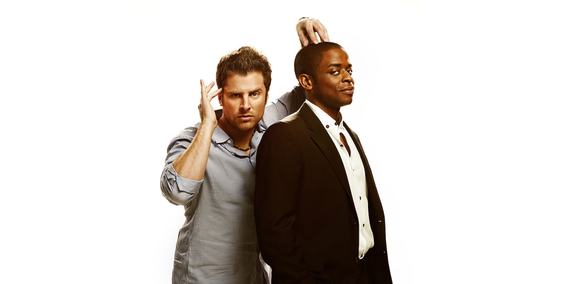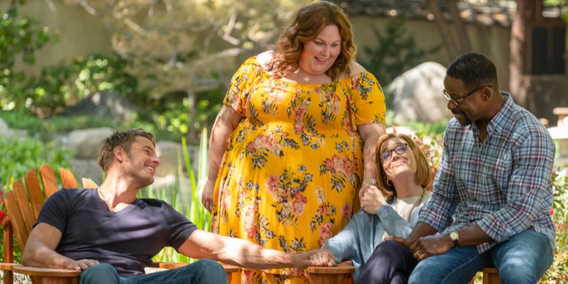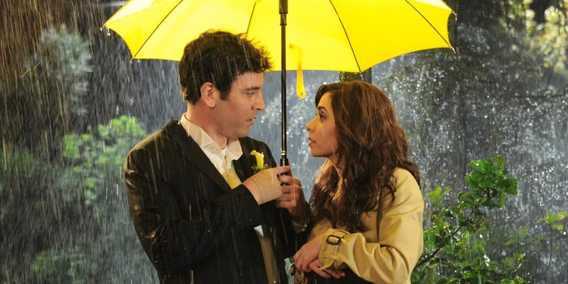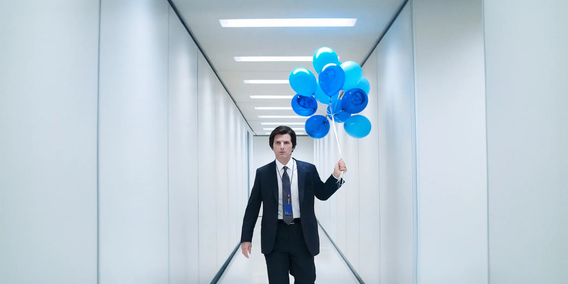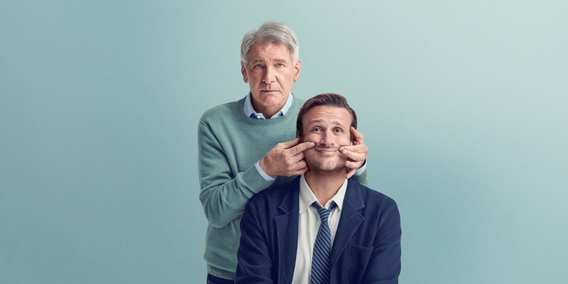Today, in a session with a client, we spoke about trauma bonds. But not just human ones—we spoke about the kind formed in dogs. Dogs that stay loyal to their masters. The same masters who use electric leashes to tame them, whips to discipline them, and bowls of sweet treats to reward good behavior.
Why is this relevant on a human-led, psychology-driven site?
Well—how different are we, really?
What is trauma bonding?
At its core, trauma bonding is a response to inconsistency. It's an attachment built not through safety, but through confusion. Dr. Patrick Carnes first coined the term to explain the emotional ties that form between someone who is abused and the person who abuses them—usually through a loop of intensity, withdrawal, control, apology, charm, and chaos.
It goes something like this:
Idealization. You're everything.
Hope. Maybe this is real.
Withdrawal. Something changes.
Blame. It's your fault.
Repair. I'm sorry. Let's try again.
Repeat.
Contrary to popular slang, trauma bonding is not two people sharing similar trauma and becoming friends over it.
Over time, this becomes the rhythm of the relationship. And eventually, it becomes the rhythm of your nervous system too. When there's love bombing and closeness, your brain releases dopamine and oxytocin. You feel wanted. You feel chosen. You feel special. But when they withdraw or reject you—even subtly—stress hormones like cortisol take over.
Your body starts chasing the next high, just to make the low feel worth it. So we repeat patterns and go back to chasing the feeling of being desired, clinging to the hope that we are loved.
Take, for example...
Take, for example, an alcoholic partner who lashes out at their family—verbally, physically—and then, the next morning, is full of tears and regret. The family clings to that moment of remorse. The softness. The hope. They try to make sense of it: maybe it was a bad day. Maybe they weren't feeling understood. Maybe it was the drink. The stress. Even the salt in the food. Maybe this, maybe that. This is how it begins.
When trauma bonds hide in intimacy…
What happens when the trauma bond isn't loud or violent? What happens when it hides in intimacy?
Priya (name changed) entered therapy at 32. She had just discovered her partner was having an affair with a colleague. Here's what happened that shaped their trauma bond.
Idealization. He apologized. Said it was a mistake... She was the only person who ever truly knew him.
Hope. She told herself it was trauma. She softened. Took responsibility. Gave him space.
Withdrawal. He grew distant. Said she was too much. Too emotional.
Blame. She believed him. Started working on herself. Tried not to be “that kind of partner.”
Repair. Then—an apology. Softness returned. And just like that—they were back.
Cut to: Priya at 36.
The affair had never really stopped. He just took a break from it and got better at hiding it. He learned to lie with a straight face, convinced her his absence—physical and emotional—was all in her imagination.
She believed it. Or maybe—she wanted to. Because when he was good to her, it felt amazing. They laughed. There were gifts. Little rituals. She told herself: He doesn't understand emotions well, but he shows up when it counts.
(Re)interpreting this quiet cycle
Here's the thing about this cycle—it's not always violent. It can be quiet. Subtle. It's a missed call. A vague excuse. A joke at your expense. A rejection of your curiosity.
And then the words: "You need to accept me for who I am." "You never accept me."
Then you start to believe you're the problem and begin to overcompensate. You check your behavior and give them space. You get consumed by your routine, your work, and slowly water yourself down as you quiet your needs.
Priya did this too. She internalized the idea that she was difficult. That she wasn't progressive enough. That asking for an emotional connection was unreasonable. But she still wanted it.
And when she broke down—when it finally came out—it was too loud. Too much. She was told she was being dramatic. And then came the flowers. The tenderness. The reset.
We're told: actions don't lie. But sometimes, people just perform well, giving rise to patterns that we often miss or rationalize because we are chasing a high, that hormone release. And that's the thing about trauma bonding: once it sets in, it's hard to see differently.
Like Priya, this can often result in losing yourself—not being able to form a sense of self or identity without the abusive pattern. It's often not because the abusive partner made her who she was, but because she had spent years becoming who she thought he needed her to be.
Breaking free: how do we end it?
How do you stop a trauma bond? You step away from it. But identifying you're in one is the hardest part. Just like dogs, we often struggle to see abuse and justify it as love because it often comes with breadcrumbs of attention.
Tools for When It Aches
What Happens After Goodbye
A gentle, psychologist-designed tool to help you process endings—especially the ones that didn’t come with closure.
Explore the guide →



